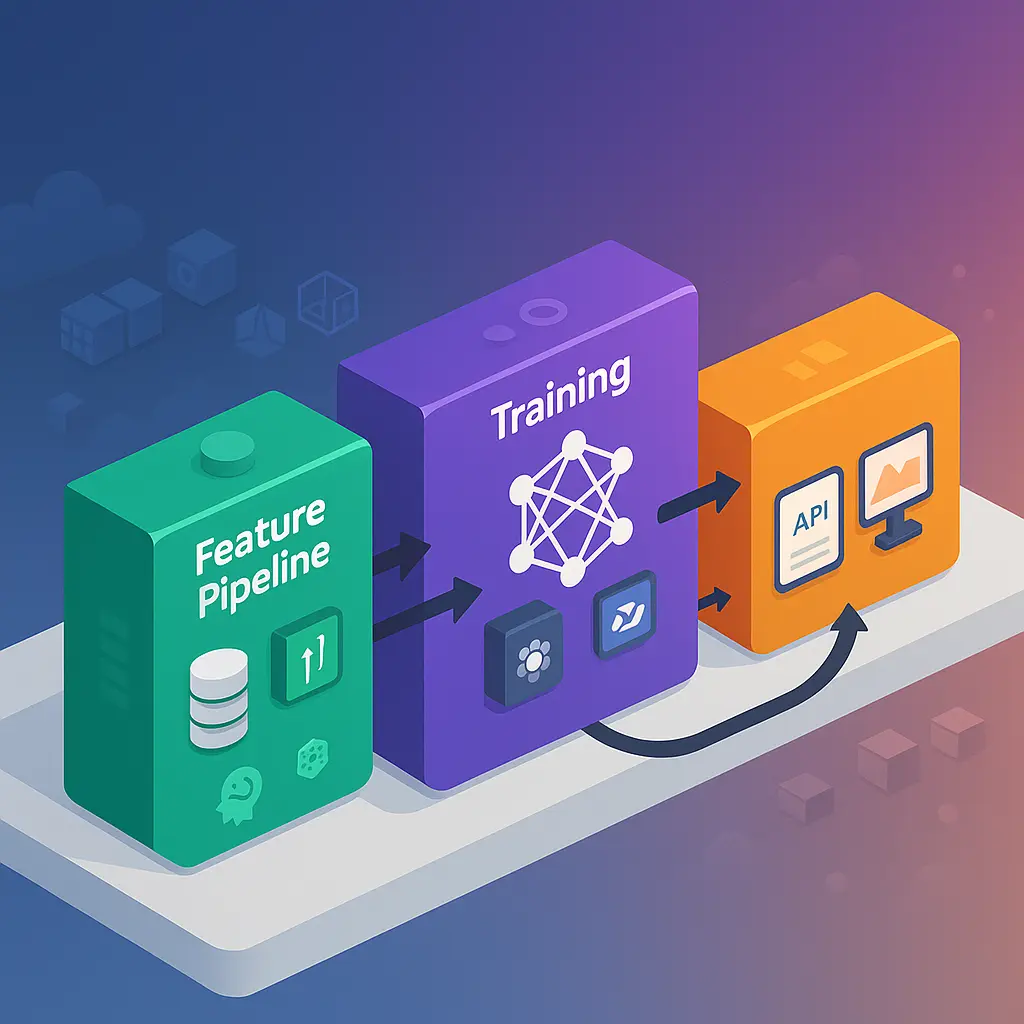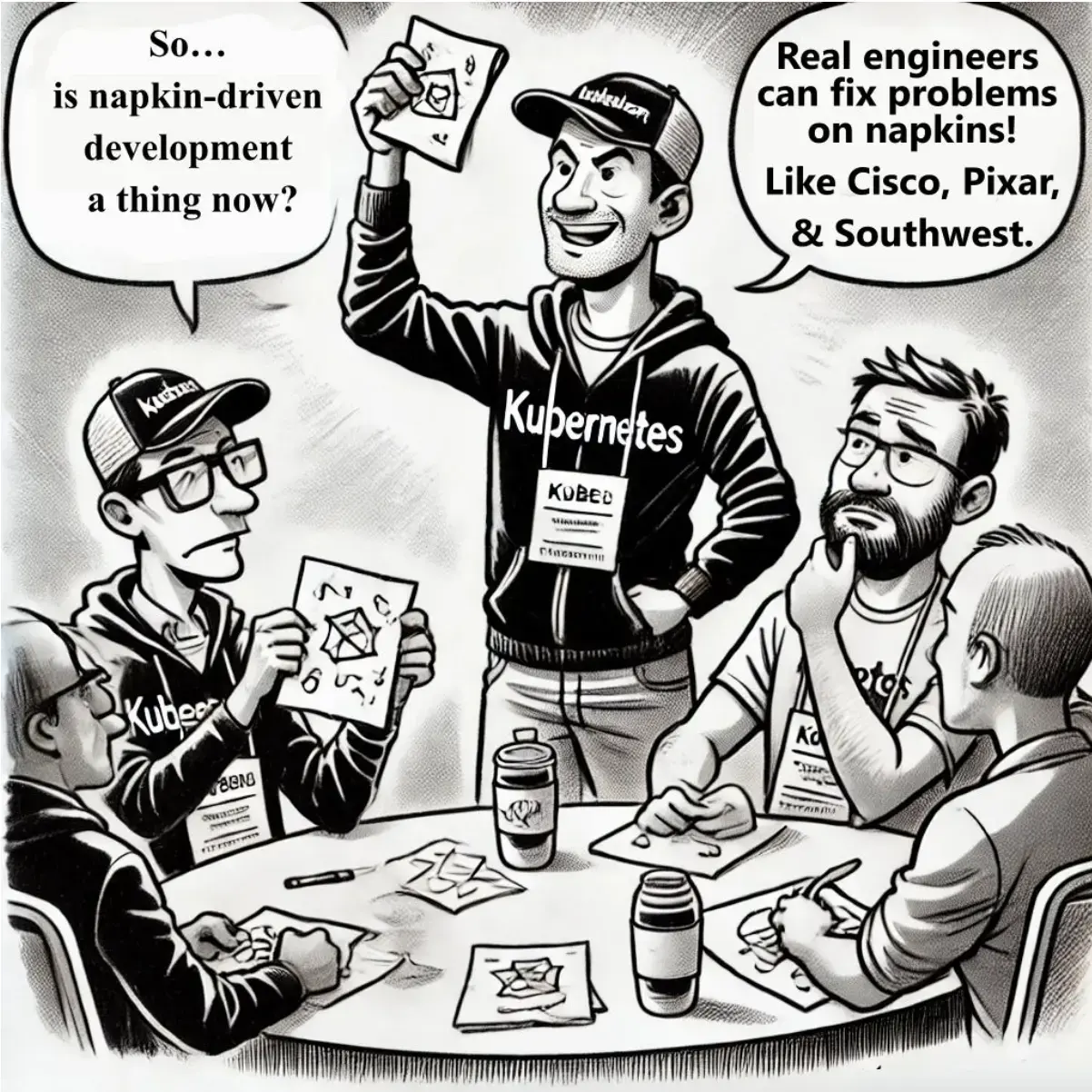
What is AI Native and why should I care?
Learn to navigate the Cloud Native to AI Native transition. Avoid common mistake…
Recently, I've been reflecting a lot on the dynamic interplay between Agile and Lean methodologies. My journey with Agile began nearly two decades ago, in 2006, when I earned my Scrum Master certification. Ever since, I've been a dedicated advocate for Agile principles.
In its early days, Agile was presented as a universal solution, promising rapid and frequent delivery cycles. This was driven by three key objectives:

The widespread adoption of the internet made Agile feasible. Software producers no longer relied on physical media, which often limited release cycles to a few times a year. The cloud-native ecosystem, fueled by Docker and Kubernetes, further empowered vendors to build large, distributed systems that truly embraced CI/CD practices and microservices architecture
However, my experiences over the past decade conducting Cloud Native Transformations and helping companies adopt agile practices have revealed that Agile is not always the ideal solution. In fact, it can often be detrimental.
Organisations that successfully implemented Agile methodologies eventually gravitated towards a more stable approach, resembling either a controlled waterfall or a consistent rapid delivery practice with CI/CD.
The initial phases of Agile adoption were marked by uncertainty and frequent change. But as products matured, the rate of change inevitably slowed, and the need to constantly adjust based on customer feedback diminished. While frequent delivery remained essential for maintenance and incremental innovation, the emphasis on constant change was no longer necessary.

Illustration - Agile Manifesto
The Agile Manifesto itself highlights four key preferences, with the items on the left valued more than those on the right. Upon closer examination, we see that the left-side items are more suitable for rapidly changing, unstable environments, while the right-side items are better suited for stable, slowly changing environments.
While both Agile and Lean are methodologies aimed at optimising productivity and delivering value, their core philosophies differ:
In essence:
Agile is about being adaptable
Lean is about being efficient
Every organisation needs to figure out when and how to apply Agile and Lean principles. Agile is best suited for the early, rapidly changing phases of a project, while managers should constantly monitor maturity and gradually transition towards a Lean and efficient approach. Agile can be wasteful when applied to mature systems, while Lean can be too restrictive for new initiatives.
In the Cloud Native world, being Lean and Efficient means optimising resource utilisation, automating processes, and eliminating waste to deliver value rapidly and reliably.
Are you ready to elevate your cloud-native platforms to a higher level of maturity?
By applying these principles, you'll be well on your way to achieving excellence in platform engineering and guiding your platforms towards lasting maturity.
--- Ready to take the next step in your platform engineering journey? Our team of experts is here to help you navigate the complexities of building and evolving cloud-native platforms. We'll work with you to set up a platform engineering team tailored to your organisation's needs, ensuring your platforms achieve the maturity required for long-term success. Contact us today to unlock the full potential of your cloud-native platforms.

Learn to navigate the Cloud Native to AI Native transition. Avoid common mistake…

Join us at KubeCon for expert insights on AI and Kubernetes. Learn how to align…
Learn how to build a comprehensive AI platform architecture. From development to…
Get a shared vocabulary of proven Transformation Patterns, common Anti-Patterns, and Paradigm Patterns to have more effective, data-driven conversations about your strategy and architecture.
For a personalized starting point, take our free online assessment. Your results will give you a detailed report on your current maturity and suggest the most relevant patterns to focus on first.
Every Tuesday, we deliver one short, powerful read on AI Native to help you lead better, adapt faster, and build smarter—based on decades of experience helping teams transform for real.